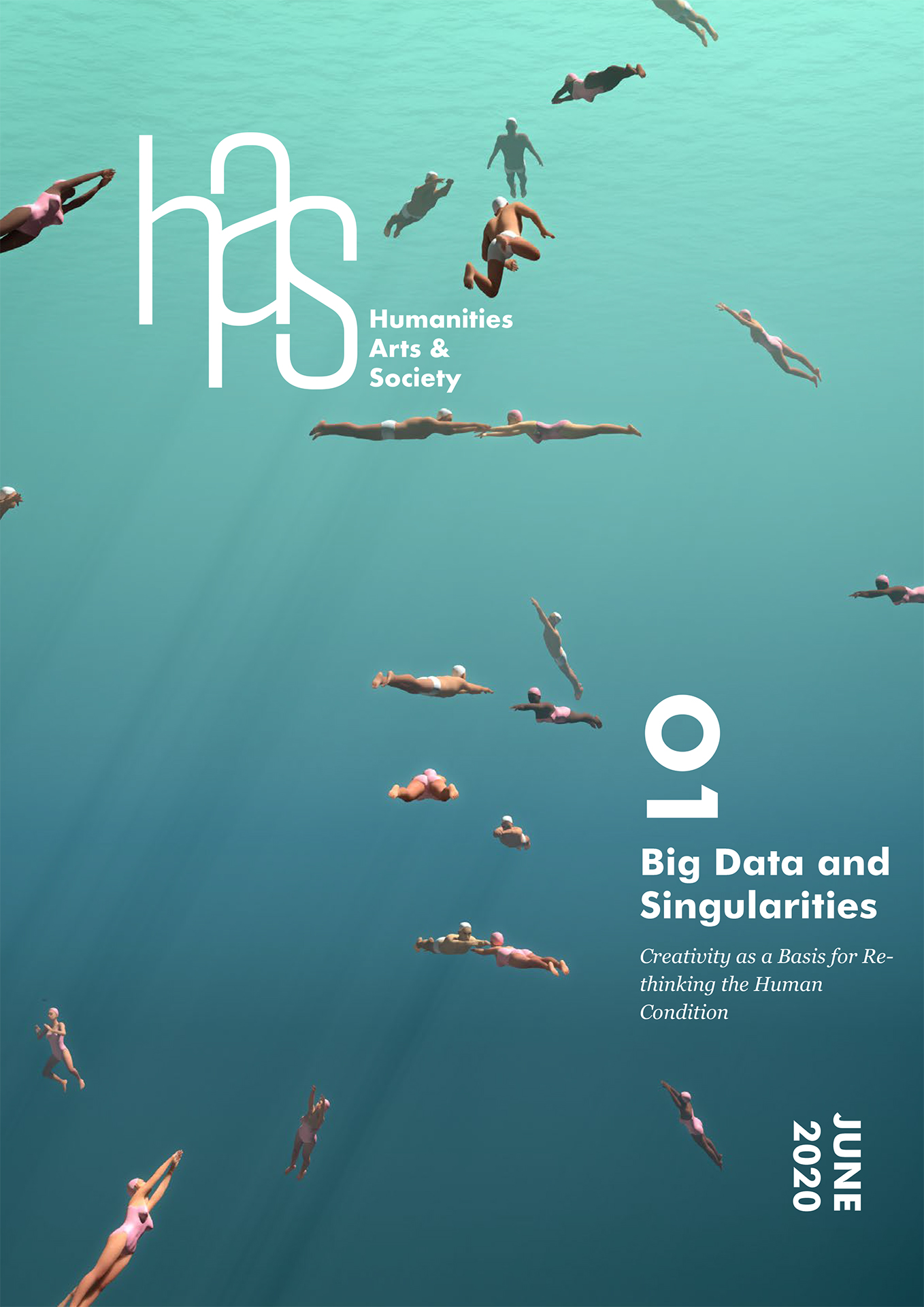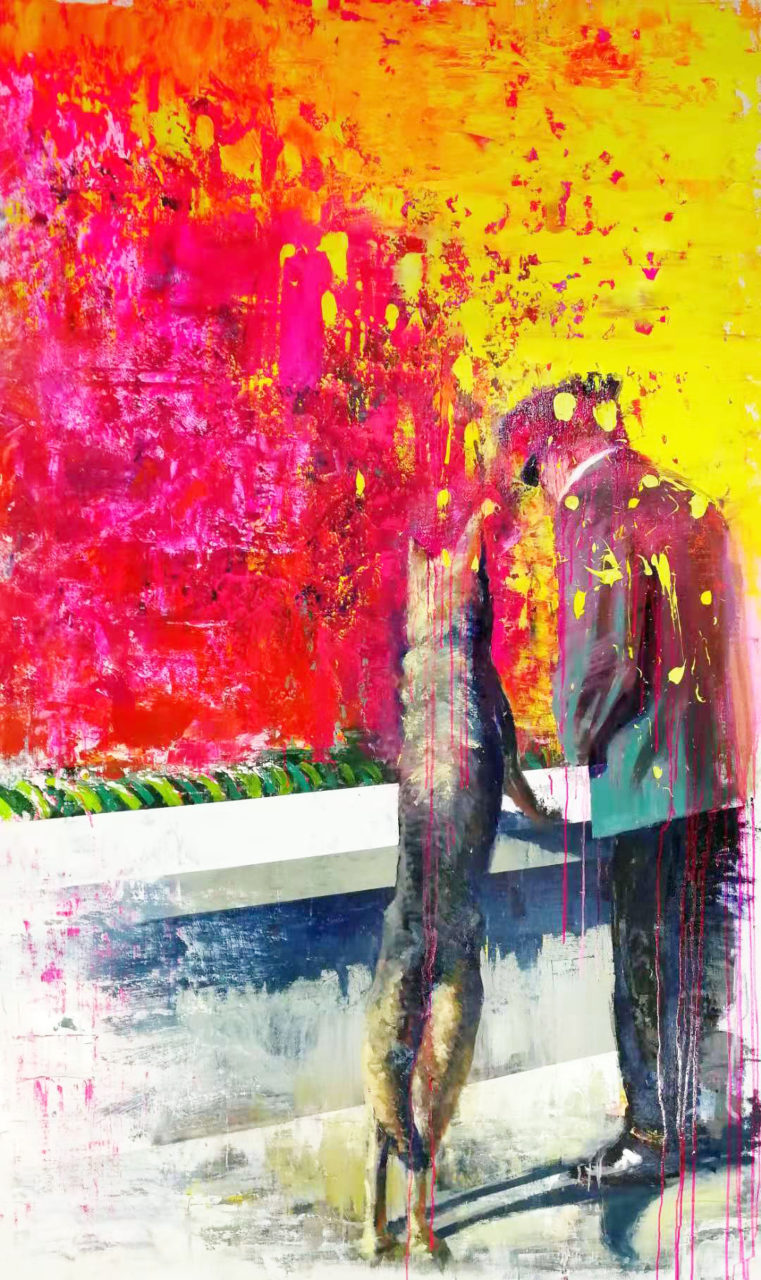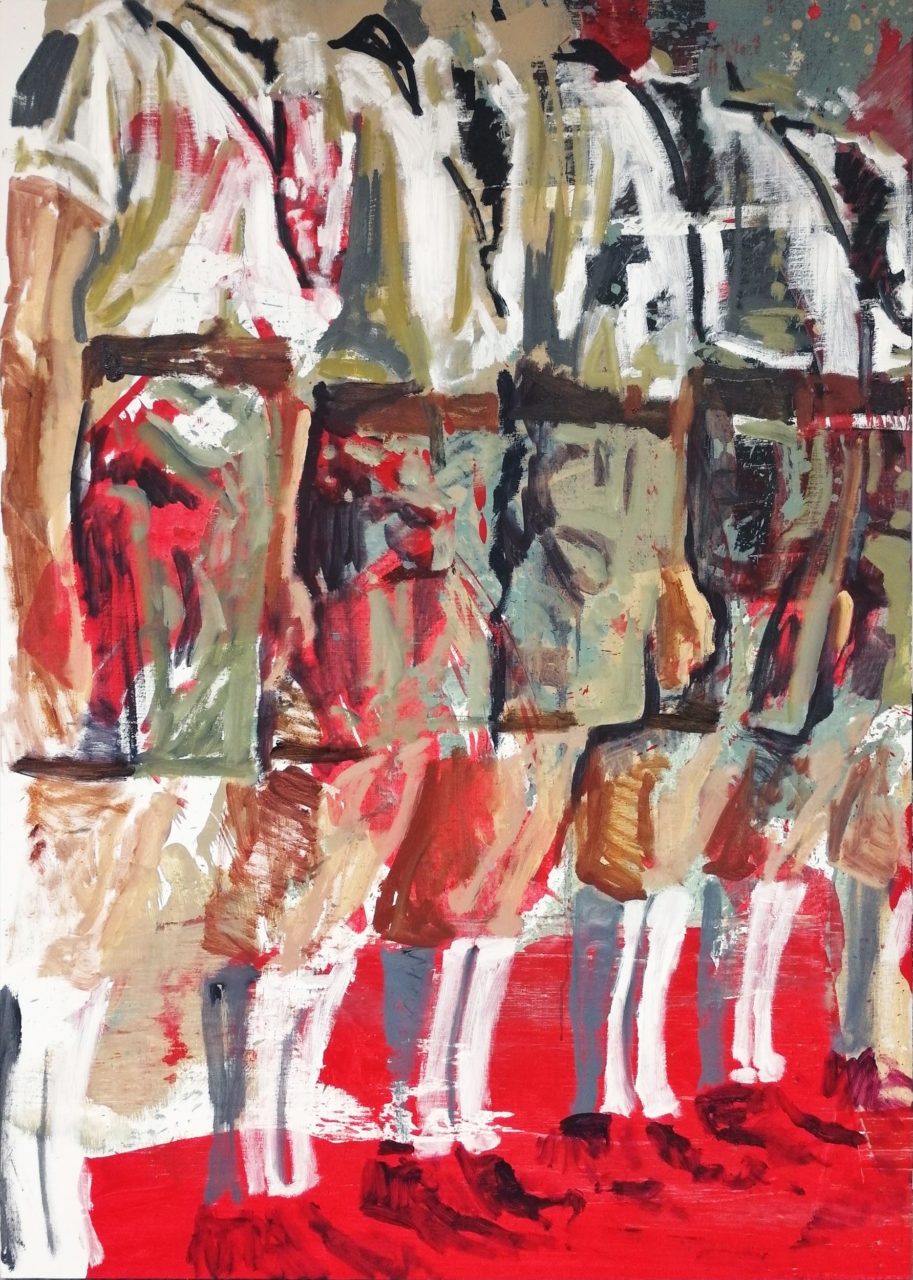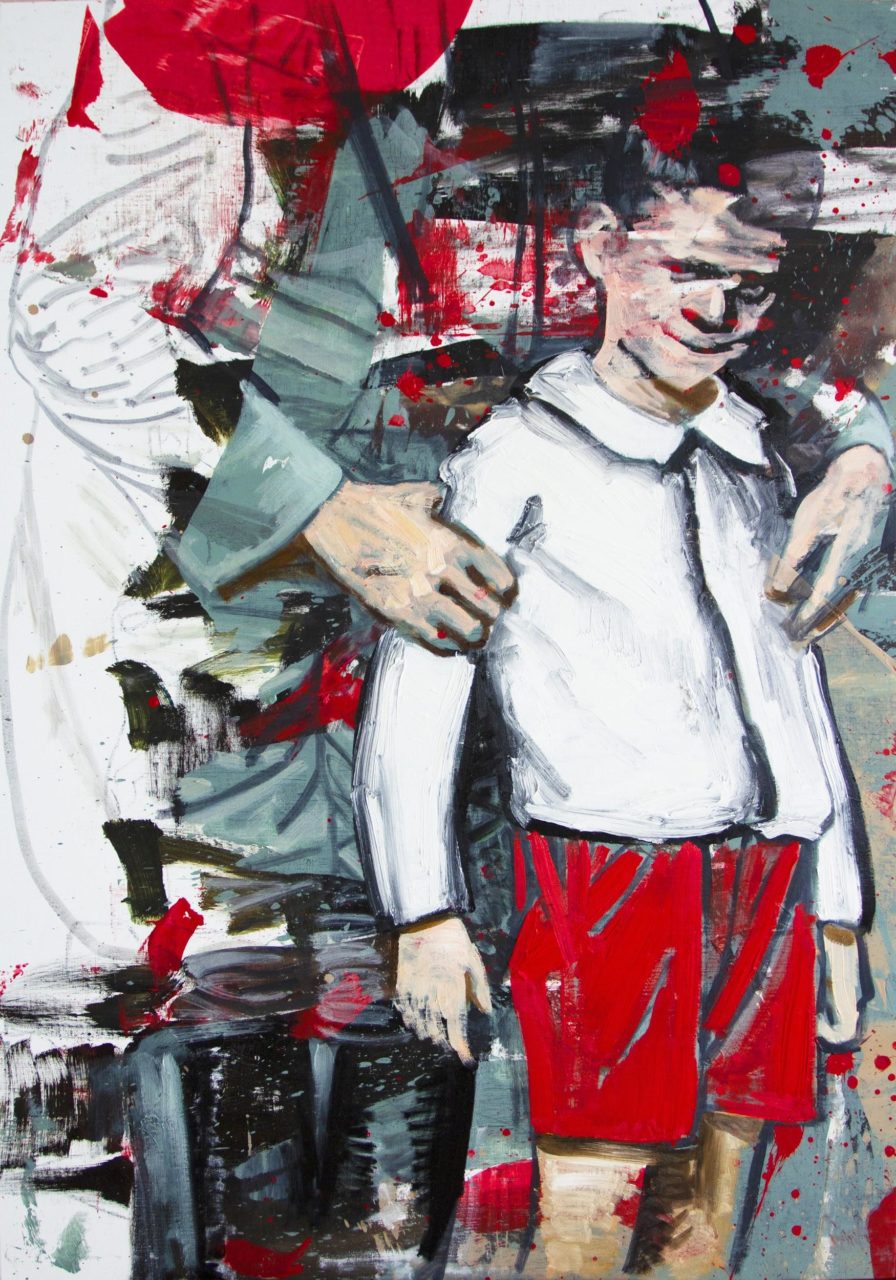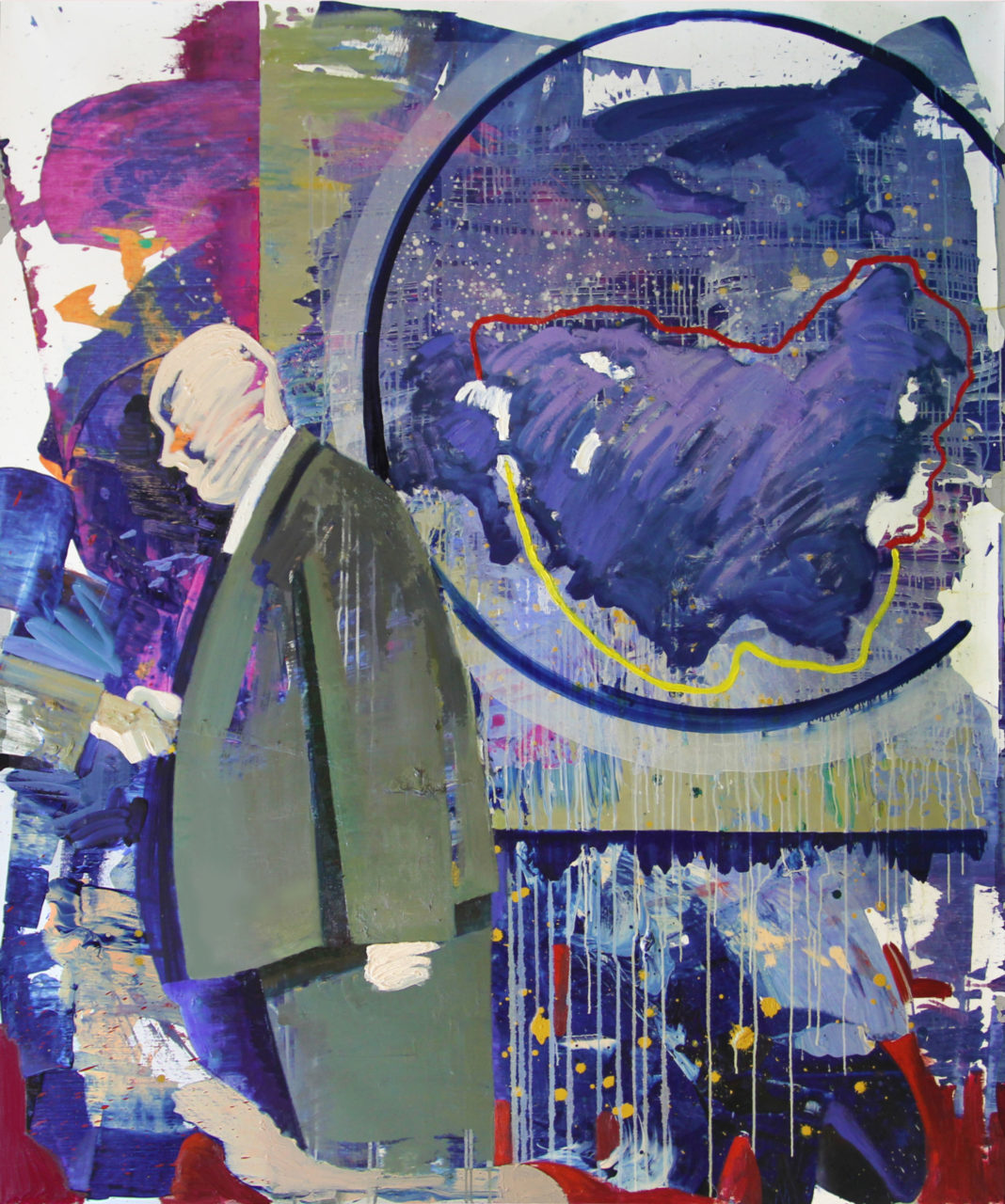
The definitions of “art,” “beauty,” and even “artist” are constantly changing. Today, we are once again at the starting point of further change. Technology will slowly take us into another world—one of man-machine integration, Big Data, quantum computing, and Artificial Intelligence. Life will be as it is in science fiction movies. Our current definitions, concepts, and ethics will be redefined.
Yet, while the art of the future will be different from today’s, I think that the essential arts— painting, sculpture, dance, singing—cannot be replaced, because they originate from the primordial nature of human beings. Children are born to play with mud and draw pictures. However, one day, human beings will have quantified their souls. When art is 100% done by artificial beings, I believe that human beings will begin to innovate again, and that will be the next renaissance of mankind.
Learning and Creating the Portrait Painting of Rembrandt
In October 2016, the Dutch advertising company INJ launched The Next Rembrandt project. Using Big Data, 346 of Rembrandt van Rijn’s works were analyzed, Rembrandt’s “next” work was deduced by Artificial Intelligence, and it was printed out. This presents us with a question: What is the value of this creation of Big Data and Artificial Intelligence?
In my opinion, Rembrandt’s paintings express the brilliance of human nature through his superb skill. However, the algorithms formed by machine learning, after analyzing Big Data, can only produce an imitation of a Rembrandt painting—a high-grade fake.
The motive of a machine is essentially different from Rembrandt’s. Real art comes from the expression of one’s personality rather than an algorithm, and focuses on the process of expression rather than the result of expression. Fake art merely imitates the style of existing works. The Next Rembrandt experiment is an attempt to obtain new algorithms by studying existing examples and copying them, instead of creating algorithms that are driven by emotion. Inspiration, imagination, and intuition cannot be achieved through Artificial Intelligence.
The motive of an artist’s creation is the expression of their desires. This requires artists to observe the world attentively, witness peoples’ lives, uncover the insignificance of human beings before major events, and feel the joys and sorrows of humanity. Artists are mockingbirds of their times and of human nature. They have rich antennae, and can quickly “receive” the changes and developments of the times—hidden problems, future directions, and so on. Only under these conditions can one begin to express one’s desires. Works created by artists being sincere to themselves are expressions of nature, and are not created simply for the sake of creation.
The most important thing about a painting is not what the audience thinks after seeing it, but whether the audience can be touched in the soul by seeing it. The most direct and powerful way for people to communicate is to carry out a spiritual dialogue through the medium of art. The process of artistic creation is complicated, and requires intuition, feeling, imagination, premonition, self-observation, the ability to transcend errors, and many other qualities. Some creations only come about through intentional coincidence. In my creative work, I rely on intuitive judgment, inspiration, and imagination to find new expressions. While painting, my heart communicates with the picture, and a great deal of my inspiration comes through feedback from the picture.
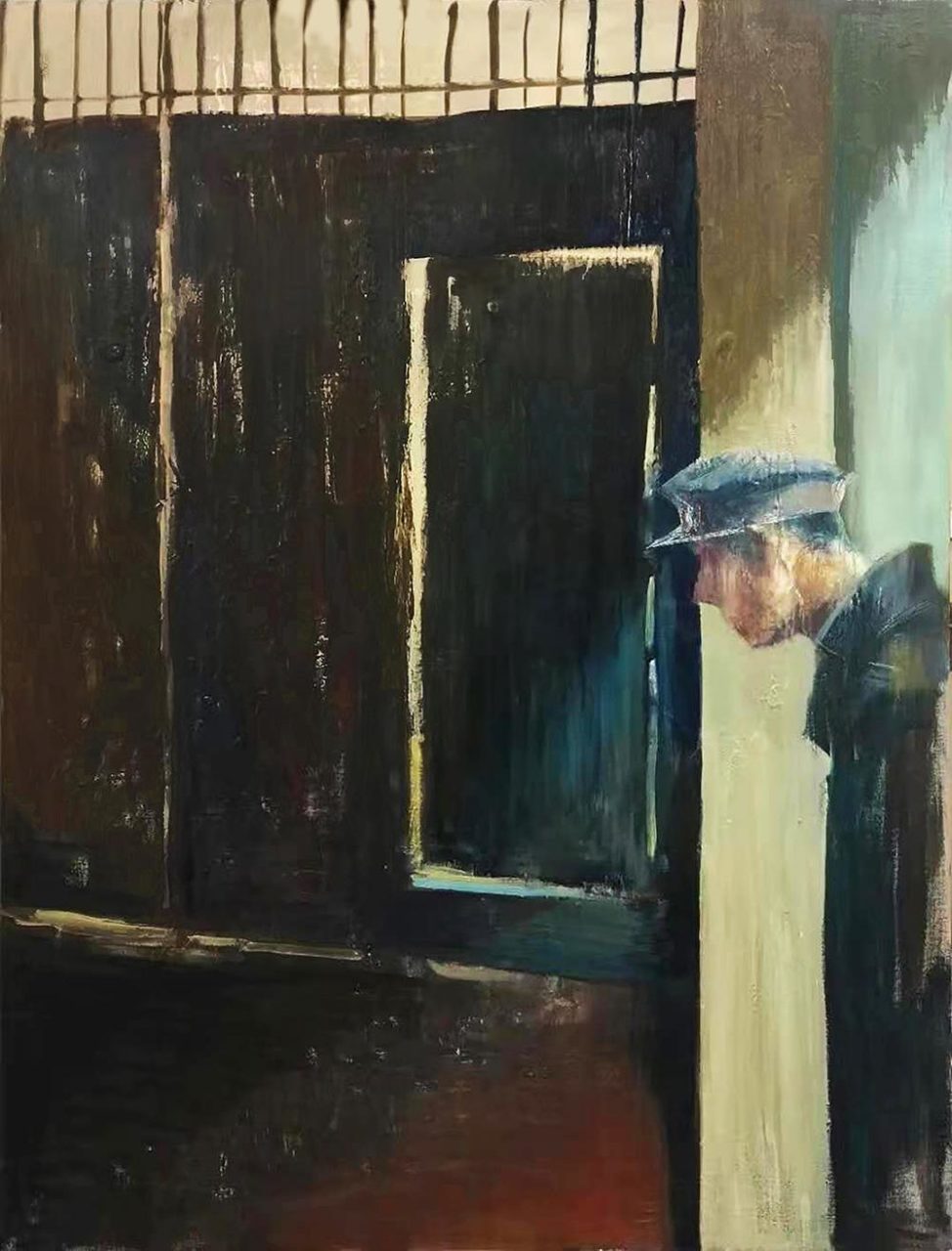
In the painting The Door, we can see the heavy iron gates, the soldiers under the lights, and the dim sky. These come from my impressions and feelings when I entered the gates of
government agencies as a child. More than twenty years later, the impressions of
another world, hidden behind a noisy street, prompted me to pick up my brush and paint my memories. I can’t imagine how we can quantify this personal experience via an algorithm.
Receiving feedback from the picture, my imagination is stimulated, and my decisions are made by intuition. In other words, the relationship between the painting and myself is not the relationship between God and the world, but the relationship between the gardener and the flowers. It is difficult for me to imagine how Big Data can participate in this kind of creative process. Inspiration, imagination, and intuition are difficult to translate into an algorithm. If the attempt is made to translate creativity into an algorithm, without human participation, what will be the outcome? The most important thing is: Artists have a human perspective. How can an inanimate, digital, logic operation express emotion?
An Accelerated Auxiliary Role for Production
Artistic creation is not meant to solve mathematical problems. Everyone’s answer to an artistic problem will not be the same. The goal of art education is to teach people to have the qualities that an artist should have, and not to become a machine for producing artworks. If people truly want to rely on Big Data and Artificial Intelligence to create art, we will have to face the following problems:
- How to determine the value of art in a society dominated by Big Data and Artificial Intelligence;
- How to evaluate Big Data, which needs 100% accurate data; this requires that everyone providing data be absolutely truthful;
- How to quantify abstract concepts such as truth, kindness, beauty, emotion, humanism, and universal values;
- How to establish viable algorithms that can be “creative.” For example: How can an algorithm generate mistakes and make use of them?;
- How to fully understand people and “digitize” such human characteristics as inspiration, imagination, intuition, various exquisite feelings, psychological structure, etc.
We have not been able to solve these problems. Therefore, in my opinion, Big Data and Artificial Intelligence will play an expanding but auxiliary role in the artistic creation of the future. An information framework cannot generate and address aesthetic problems, just like one’s genes cannot completely determine one’s fate. Artists create special problems that come from themselves. In my creative process, I take advantage of the convenience brought by Big Data. When I study painting and history, being able to find all kinds of text and picture information makes my research much more in-depth. For this reason, I think that Big Data will play an important, though auxiliary role in art education.
Inspirational Big Data
As the art world experiences the rising trend of Big Data and Artificial Intelligence, I frequently observe two misconceptions. The first is creation for the sake of creation – the pursuit of an algorithm that, once and for all, produces “artwork” continuously. The second fallacy is relying on Big Data and Artificial Intelligence to improve the decorative, technical, and technological sense of art while ignoring its essence.
Certainly, this kind of art is in its development stage. Perhaps, after further development, new and interesting things will emerge. However, it remains to be seen, through continuous exploration by artists if this art form will disappear due to the logic of Artificial Intelligence that distinguishes it from humans.
Hang LU, Dog’story, oil on canvas, 2019
Hang LU, Dog, oil on canvas, 2019
Seven years ago, I saw a picture of Hitler and his dog
Blondi on the Internet. Later, I learned that he had tested a cyanide capsule on the dog. This raised a question for me: What is the relationship between our parents and ourselves and our country and its children? I created these four paintings: Dog, Dog’s Story, Dear Children 6,
Dear Children 5. During the creative process, historical images found via data searches gave me the motivation and inspiration for my creation.
Hang LU, Dear Children 5, oil on canvas, 2019
Hang LU, Dear Children 6, oil on canvas, 2019
Hang LU is an artist, graduate of the Fine Arts Institute of Sichuan in China and the School of Fine Arts of Bourges in France. He has exhibited at the Blue Roof Museum in China and Galerie Crous in France.
Hang LU is an artist, graduate of the Fine Arts Institute of Sichuan in China and the School of Fine Arts of Bourges in France. He has exhibited at the Blue Roof Museum in China and Galerie Crous in France.
